Groundhog Day & California’s Drought
Like the 1993 classic film starring Bill Murray, the state is stuck in a perpetual time loop of drought, wildfire, and civic dispute, according to managing editor Aubrey Ann Parker.
For the past four months, the Circle of Blue team, some contracted photographers, and our various partners — Google, Columbia University, NOAA, NASA, etc. — have been working hard to bring you Choke Point: Index, a data-driven narrative out of three U.S. locations: California’s Central Valley, the Great Lakes, and the Ogallala Aquifer.
With the groundhog having seen his shadow on Sunday and the forecast being more wintry weather, farming is pretty much at a standstill on the Great Plains and — with Lake Michigan nearly completely frozen over — toxic algae blooms are just a hazy summer memory.
If only California had it so good.
Instead, the drought has worsened, as my colleague Brett Walton wrote in a timely article just yesterday. Brett interviewed Jay Famiglietti — a Circle of Blue Action Figure from 2012 — who uses satellite data to measure groundwater changes via gravity measurements.
On Monday, Jay’s team released satellite data showing that 13.2 trillion gallons of water — nearly twice the volume of Lake Mead — was lost over the last decade in the Sacramento-San Joaquin watershed and the Central Valley, exactly where our Choke Point: Index reporting came from. What’s worse is that nearly half of that volume was lost over the last two years alone, from November 2011 to November 2013, which is the latest data point that has been analyzed by Jay’s team. (Brett notes that the drought has gotten even worse in December 2013 and January 2014, but we won’t have those numbers until early summer.)
To put this in perspective, that is more water than what was withdrawn by the entire state in 2005.
As it stands now, the California drought means:
- More than a dozen communities face water shortages over the next 60 to 100 days.
- Zero water deliveries are expected this year from the largest state-operated canal — the only time this has happened in the project’s 54-year history.
- Food prices are not likely to change much, but only high-value crops like strawberries and lettuce will receive water. Crops like cotton will likely not be planted.
- Fires are expected to become a growing concern, especially heading into the summer season.
- Hydropwer production will increase electricity costs slightly for consumers.
- The biggest immediate effect will be on farmworkers in the Central Valley, with many people put out of work in a region that is already deep in poverty.
Yesterday, as we pushed this timely satellite story out and as we promoted our Choke Point: Index package in our weekly newsletter, I kept coming back to that silly groundhog. But instead of worrying about how much more winter there will be and whether additional snowpack would slake California’s thirst, I was thinking about Bill Murray’s groundhog.
Perpetual Time Loop & The Twilight Zone
In the 1993 film Groundhog Day, one of my favorites as a child, Murray plays a T.V. weatherman who keeps reliving February 2 over and over and over again — a life perpetually on a time loop. For much of the movie, Murray takes advantage of the fact that there are no long-term consequences for his actions: “he learns secrets from the town’s residents, seduces women, steals money, drives recklessly, and gets thrown in jail,” according to Wikipedia’s synopsis. But this eventually gets old, and Murray tries everything he can to end the time loop and move on from February 2. Most notably, he blames his perma-stuck condition on Punxsutawney Phil, and even kidnaps the groundhog (clearly a throw-back to the good ole days of Caddyshack, another Murray classic).
California, as most of us know by now, is in the grip of what looks to be a 500-year drought. (It stirs in me ideas of whether we are like Bill Murray, living with no consequences and thus doomed to repeat.) So the question, to me, is this: how bad does it need to get before California’s farmers, residents, and politicians wake up to their water emergency and start working together to cut through their biases, their pasts, their presents, to start working toward a future that isn’t just more of the same, stuck on a permanent time loop?
As my colleague Keith Schneider wrote yesterday, “…the country’s largest state [is] in authentic peril due to diminishing moisture and water supplies, [but] responses are readily available… [Californians] need to be emphatic about understanding the scope of the threat. They need to be just as determined to collaborate and cooperate to develop responses that limit the damage.”
I see stark similarities between Groundhog Day and California’s current drought: we’ve heard about the state’s water woes before. We’ve been reporting on this since way before I began at Circle of Blue as a data intern in 2009. In fact, I’m including a list of every story that I could find that we’ve written on the topic at the bottom of this post. You’ll find stories about this person pointing fingers at this person; you’ll find stories about somebody stealing water from here and moving it to there; you’ll find stories about daredevil solutions that have been proposed by politicians. But what you won’t find, at least not yet, is a complete re-examination of the way in which Californians manage their water and what their priorities are collectively.
However, it isn’t until after Murray is completely frazzled and at the end of his rope that he finally begins to change his habits; to grow and change, learning to speak French and to play the piano, for instance. He sees the world through different eyes, and uses his experiences to help others, thereby helping himself out of the time loop.
Do you live, work, or play in California? What are you doing to change your behaviors and patterns when it comes to water? I’d love to hear from you. Contact my by emailing circleofblue.org/contact, tweeting @aubreyh2o, or commenting below.
–Aubrey Ann Parker, managing editor
Circle of Blue’s ongoing California coverage:
Circle of Blue has closely covered the developing water emergency in California. The list of our coverage follows:
- California’s Historically Dry 2013 Redefines Drought (January 6, 2014)
- Fortune Telling: Colorado River Teeters Toward First-Ever Shortage Declaration (August 14, 2013)
- Price of Water 2013: Up Nearly 7 Percent in Last Year in 30 Major U.S. Cities; 25 Percent Rise Since 2010 (June 5, 2013)
- U.S. Groundwater Losses Between 1900-2008: Enough To Fill Lake Erie Twice (May 16, 2013)
- Looking To Buy: Dry Year Means Higher Prices on California’s Water Market (April 12, 2013)
- Report: Evaporation from California Irrigation Adds Enough Water to Colorado River to Supply 3 Million People (February 1, 2013)
- 2012 Election Guide: Obama and Romney Say Little About Water, But Important Decisions Await Voters (October 31, 2012)
- Photo Slideshow: Above the Colorado River (October 16, 2012)
- With Water Management, We’re Missing The Obvious (August 16, 2012)
- Endangered Rivers and Success Stories (May 17, 2012)
- Price of Water 2012: 18 Percent Rise Since 2010, 7 Percent Over Last Year in 30 Major U.S. Cities (May 10, 2012)
- Forecasting Western U.S. Water Supply in 2012: La Nina Again Delivers a Wet North and Dry South (May 1, 2012)
- Q&A: Dr. Peter Gleick on The World’s Water Volume 7 (October 18, 2011)
- Price of Water 2011: Prices Rise an Average of 9 Percent in Major U.S. Cities (May 5, 2011)
- Strong La Nina Winter Soaks Much of the Western United States, But Leaves Southwest Dry (April 24, 2011)
- Arizona’s Gamble: Conserve Water Now, Prevent Deeper Cuts Tomorrow (December 29, 2010)
- Study: Unregulated Toxin Present in Tap Water of 31 U.S. Cities (December 22, 2010)
- Q&A: Jonathan Waterman on Running Dry (November 30, 2010)
- U.S. Government Approves World’s Largest Solar (October 28, 2010)
- The Rising Cost of Settling the American Desert (October 11, 2010)
- California Approves World’s Largest Solar Power Project (September 25, 2010)
- In Era of Climate Change and Water Scarcity, Meeting National Energy Demand Confronts Major Impediments (September 10, 2010)
- In Solar Power Lies Path to Reducing Water Use for Energy (August 31, 2010)
- California Drought Is No Problem for Kern County Oil Producers (August 24, 2010)
- Water Scarcity Prompts Different Plans to Reckon with U.S. Energy Choke Point (August 17, 2010)
- California’s Central Valley to Get More Water (July 2, 2010)
- California Water Board Changes Power Plant Regulations to Protect Aquatic Life (May 6, 2010)
- Price of Water: A Comparison of Water Rates, Usage in 30 U.S. Cities (April 26, 2010)
- 2009 California Water Plan Published (April 5, 2010)
- California Farmers Can Save Water and Money, Says Pacific Institute Report (March 3, 2010)
- Reforms Could Lead to Huge Water Savings for California, Pacific Institute Says (January 27, 2010)
- Drought Causes Record Low Water Allocations for California (December 3, 2009)
- U.S. Water Use Declines, But Points to Troubling Trends, Says USGS Report (October 29, 2009)
- California Right to Water Bill Vetoed (October 21, 2009)
- America’s Water Supply: Scarcity Becoming Endemic (October 12, 2009)
- California Report: In Dry Times, Deep Reservoir of Water Solutions (July 22, 2009)
- More Water For Fish, NOAA Declares (June 5, 2009)
- Water Allocations for California Farmers Increased, But Only Somewhat (April 22, 2009)
- California Drought: Snowpack Inspires Consumers, Worries Water Experts (March 20, 2009)
is a Traverse City-based assistant editor for Circle of Blue. She specializes in data visualization.
Interests: Latin America, Social Media, Science, Health, Indigenous Peoples

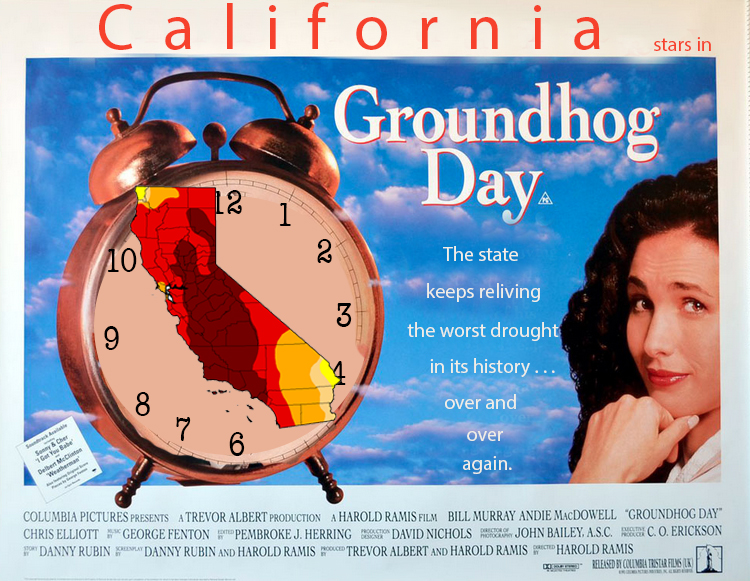
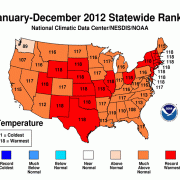
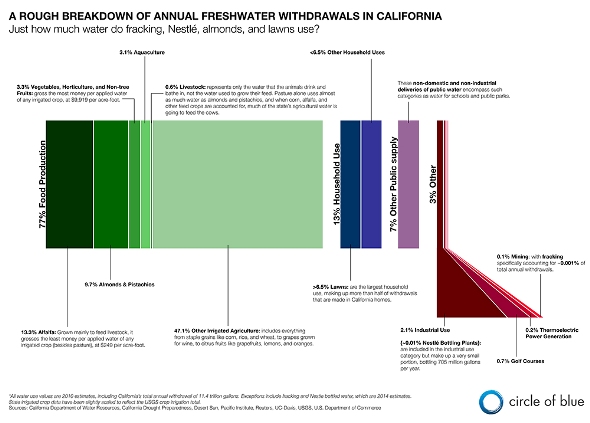
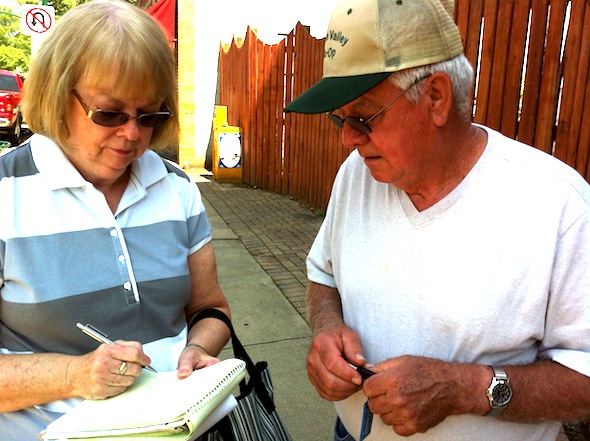
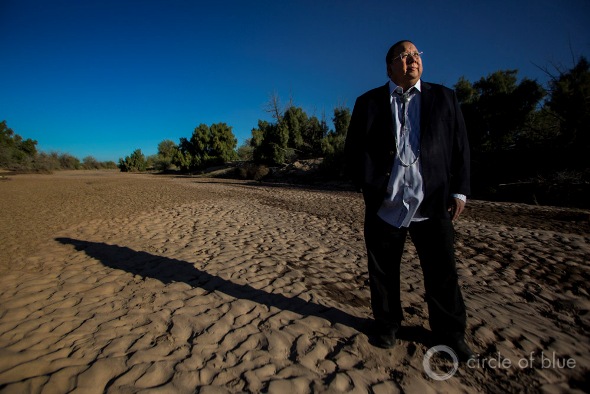
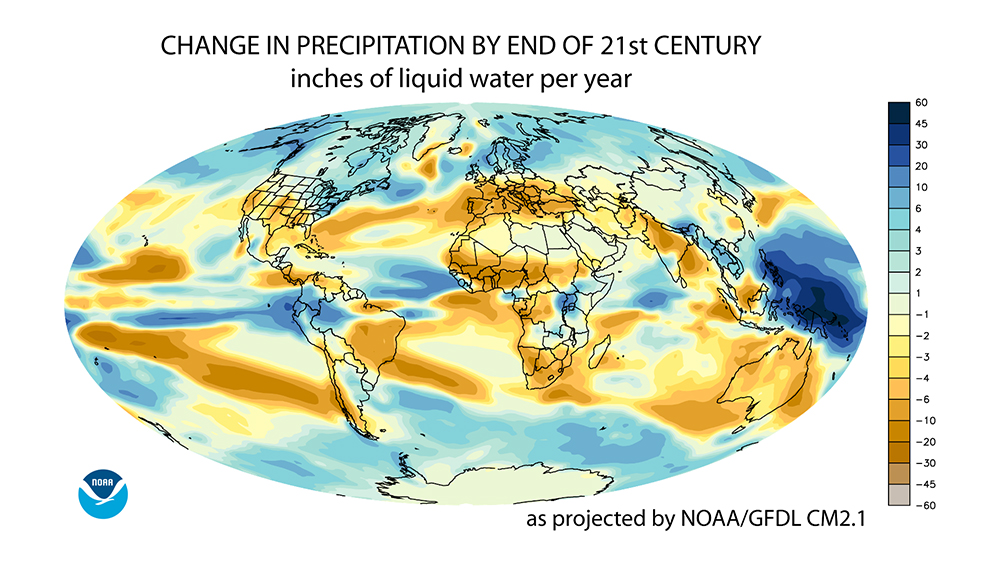
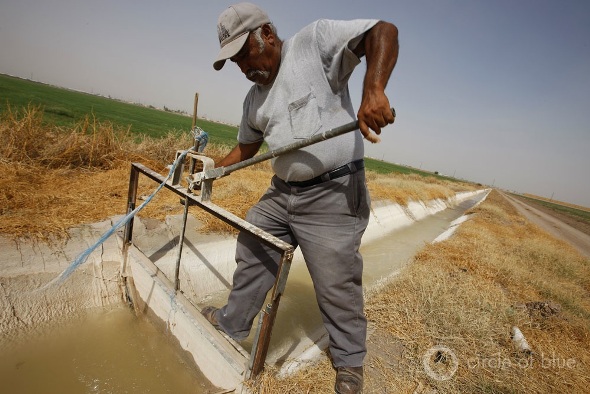

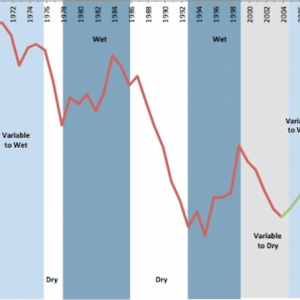
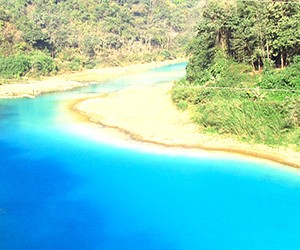
Leave a Reply
Want to join the discussion?Feel free to contribute!